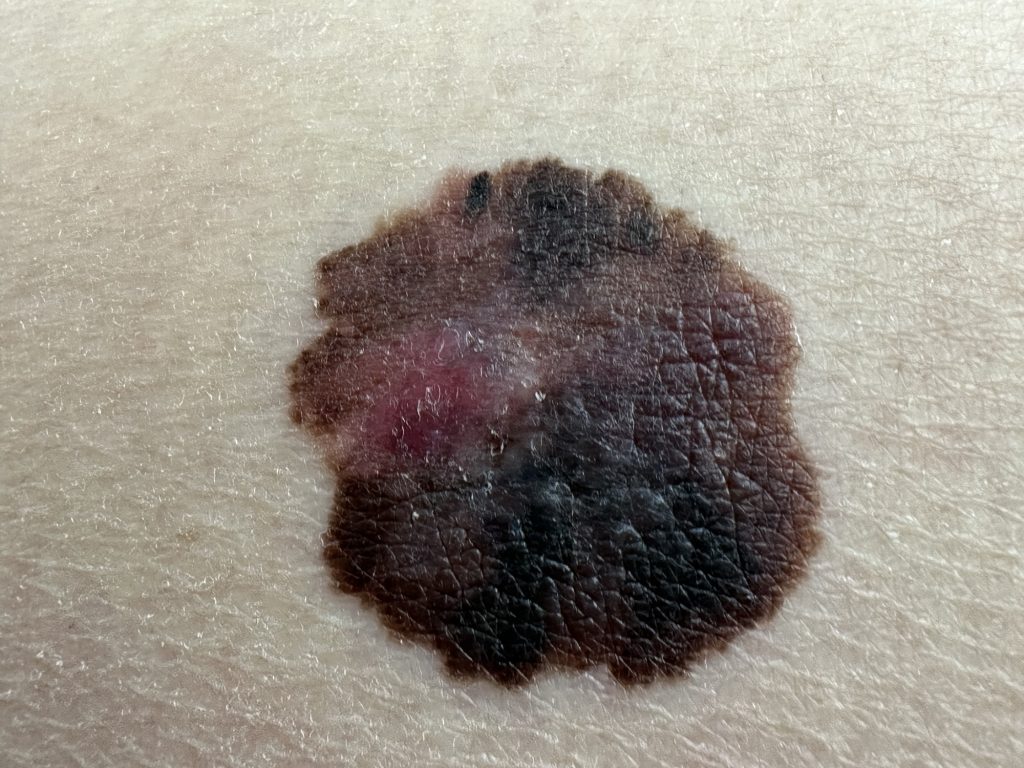F-fluorodeoxyglucose (FDG) PET/CT imaging of tumors in patients with advanced melanoma receiving pembrolizumab (Keytruda, Merck) after just one week may predict treatment response, according to a study in Clinical Cancer Research.
Typically, these immunotherapy patients are imaged around three months after starting treatment to monitor their progress.
For the study, Michael D. Farwell, MD, an associate professor of radiology at the Hospital of the University of Pennsylvania, and his colleagues recruited 21 patients with advanced melanoma scheduled to initiate pembrolizumab. As part of the trial, patients were required to have at least one measurable lesion and could not have received previous anti-PD-1 or anti-PD-L1 therapies. FDG PET/CT imaging was performed on each patient within four weeks before their start of therapy and then about one week after the first dose of pembrolizumab. (Two patients did not complete both scans, so their results were excluded.)
They found that activated immune cells infiltrate into the tumor when a patient responds to immunotherapy so the scans are expected to first show an increase in FDG activity. Then, as the tumor responds to therapy, the tumor cells die and pass back through a stable metabolism phase and ultimately end at a metabolic response (MR), indicated by a decrease in FDG activity. In contrast, the tumors of nonresponding patients are expected to maintain a stable metabolism.
“If you’re imaging after three weeks, you’re unlikely to catch this flare, because the response to immunotherapy happens so quickly and, in some cases, it’s already done—there’s no tumor left,” Dr. Farwell explains in a news release. “The other nice thing about imaging at a week is we are looking at this response curve over a pretty short interval. If you wait to monitor progress over longer intervals, it means the tumor has more time to grow in nonresponders, which can complicate the analysis.”
FDG activity for each lesion was measured using the maximum standardized uptake value (SUVMAX). For this study, an MF was defined as a greater than 70% increase in tumor SUVMAX and an MR as a greater than 30% decrease in tumor SUVMAX. An MF or MR was identified in 55% of the patients who responded to treatment (6 out of 11) and 0% of patients who did not respond (0 out of 8). An MF or MR also correlated with longer survival, with 83% of the MF-MR group seeing an overall survival of three years compared to 62% in the group with stable metabolism. Additionally, the median PFS was greater than 38 months in the MF-MR group and 2.8 months in the group with stable metabolism.
Dr. Farwell adds that they not only observed heterogeneity in the kinetics of response between patients, they also observed heterogeneity among lesions in the same patient. That is a challenge he hopes to address in future studies. Further, because tumors pass through a stable metabolism phase between MF and MR responses, it will be key to identify if a tumor with stable metabolism is responding but is in between reaction phases. Dr. Farwell says some potential solutions for that include layering on companion studies such as blood tests, a CD8 PET scan, or serial FDG PET/CT imaging to better plot out the change over time.
“While the results need to be validated, this has the potential to be broadly applicable and offer physicians the ability to deescalate therapy or avoid surgery in patients who are responding, identify nonresponders who may need an escalation of therapy, and to be used in phase I clinical trials to test if a therapy is working,” Dr. Farwell explains.


